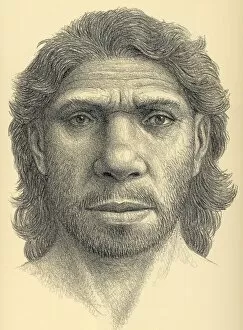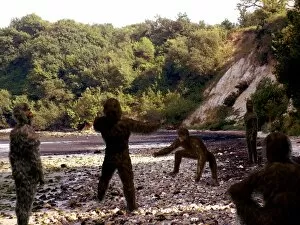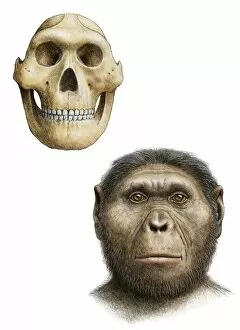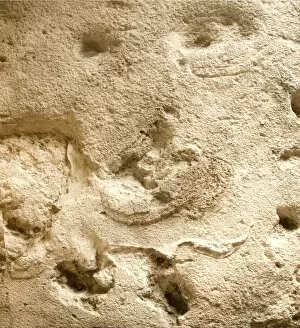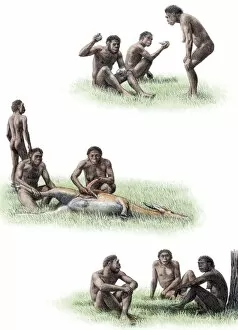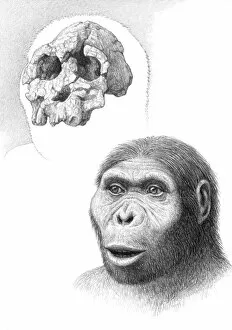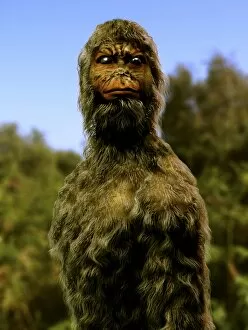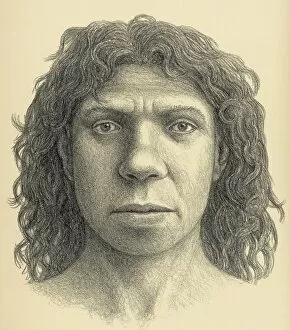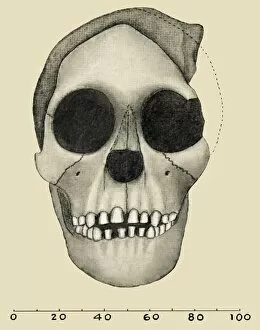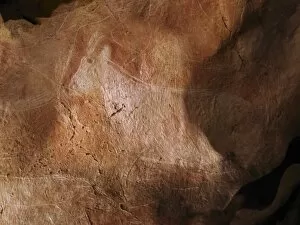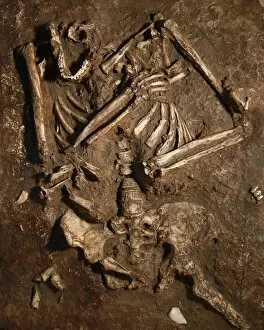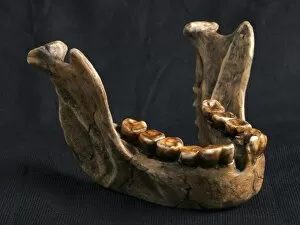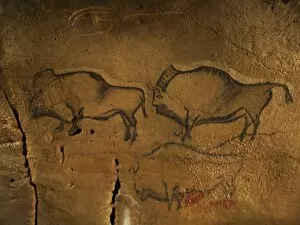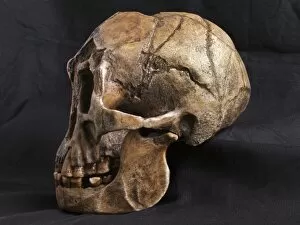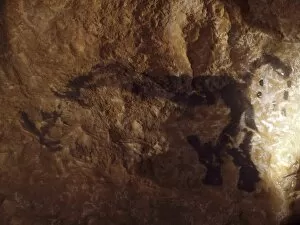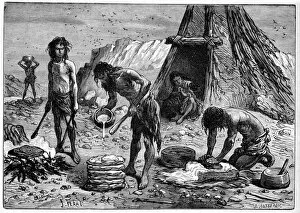Early Human Collection (#3)
"Unveiling the Ancient Artistry: Journey into the Early Human World" Step back in time to the Stone Age
For sale as Licensed Images
Choose your image, Select your licence and Download the media
"Unveiling the Ancient Artistry: Journey into the Early Human World" Step back in time to the Stone Age, where our ancestors left behind captivating traces of their existence. Deep within the Chauvet Cave in France, remarkable stone-age cave paintings transport us to a bygone era. These intricate depictions offer a glimpse into the lives and beliefs of early humans. Amongst these mesmerizing artworks, one can marvel at the mastery displayed in each stroke. The artists skillfully captured scenes from their daily lives, immortalizing moments that have endured for millennia. Their creations reveal an innate desire to communicate and express themselves through art. As we explore further, we discover tools that shaped their survival – prehistoric spear-throwers crafted with precision and ingenuity. These inventions revolutionized hunting techniques and allowed early humans to secure food more efficiently. Moving beyond artifacts, let's meet some of our ancient relatives who roamed this Earth long before us. A female Australopithecus africanus stands tall with her distinctive features while Homo heidelbergensis showcases its robust physique. Meanwhile, Australopithecus boisei captivates with its powerful jaw structure adapted for chewing tough vegetation. Delving deeper into human evolution reveals Homo habilis – a female representative known for her resourcefulness and tool-making abilities. Gazing upon a Homo heidelbergensis skull and face evokes wonder about how they navigated this world thousands of years ago. Finally, we encounter a Homo erectus skull - an emblematic figure representing endurance as they were among the first hominids to migrate out of Africa. These glimpses into our ancestral past remind us of our shared heritage with these early humans who paved the way for modern civilization. Through their artistry, innovations, and resilience against nature's challenges, they laid down foundations upon which humanity continues to build today.

